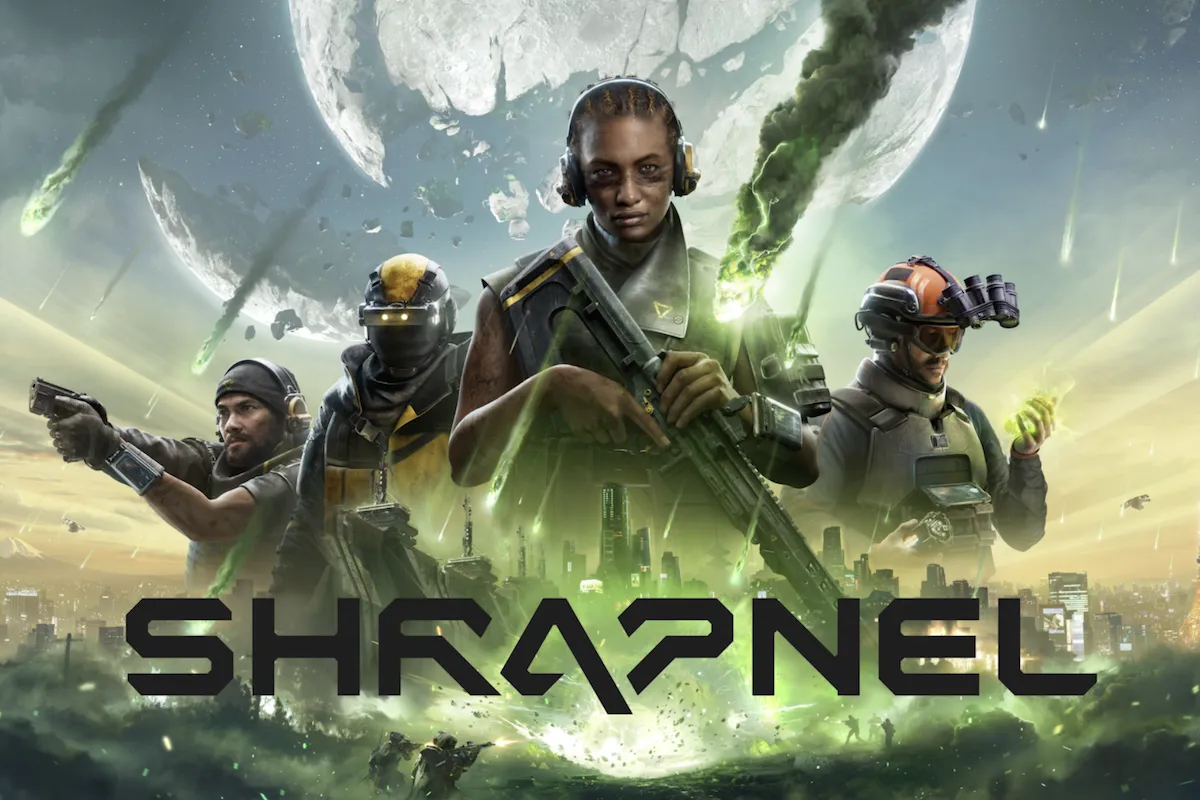Blockchain gaming is on the verge of a global explosion, and China is right at the heart of it. With over 600 million gamers and a $45 billion gaming industry, China’s next big wave is Web3 gaming—and Shrapnel aims to be a key player.
Key Takeaways
-
Shrapnel migrated its blockchain economy from Avalanche to GalaChain in July 2025.
-
GalaChain’s alliance with China’s Trusted Copyright Chain (TCC) enables compliant NFT trading.
-
The global Web3 gaming market may grow from $31.5B in 2024 to $183B by 2034.
-
New tokenomics tie revenue to SHRAP token buybacks, enhancing liquidity and value.
-
Community rewards, including Bridge Badge NFTs and influencer incentives, target Chinese user adoption.
Why Shrapnel Switched to GalaChain
Shrapnel’s decision to move from Avalanche to GalaChain isn’t about faster transactions or lower fees. It’s about something far more critical: legal access to China’s digital asset market.
For years, foreign blockchain networks have been effectively blocked from participating in China’s NFT and digital asset ecosystem. That barrier is controlled by the Trusted Copyright Chain (TCC)—China’s official, government-approved blockchain for registering and trading licensed digital assets.
Operated under the National Press and Publication Administration, the TCC ensures every asset is timestamped, registered, and settled within China’s regulatory framework.
GalaChain’s partnership with the TCC changes the equation. It creates a compliant bridge for projects like Shrapnel, allowing them to legally operate in China’s digital space while still participating in the broader Web3 economy.
This isn’t just a technical migration; it’s a strategic alignment with China’s digital infrastructure. For Shrapnel, it’s the only viable path to reach over 600 million players in a way that satisfies both innovation and regulation.
Tokenomics: A Tactical Adjustment, Not a Revolution
One of the more interesting pieces of this move is how Shrapnel is tweaking its tokenomics. They’re planning to use a portion of their China revenue—10% to be exact—to buy back their own SHRAP tokens. It’s a familiar playbook in crypto circles, but what makes it noteworthy is how directly it ties user activity in China to the health of the overall token ecosystem.
It’s not revolutionary, but it’s smart. If you’re going to expand into a new market, why not let that growth feed back into the game’s economy? It creates a loop that keeps players, holders, and developers aligned.

Source: Shrapnel
Community First—Because Infrastructure Isn’t Enough
It’s easy to think compliance and tech are enough to succeed in China’s gaming market. They’re not. The real battleground is the community, where influencers, gamers, and early adopters determine which projects gain traction.
Shrapnel seems to get this. As part of its GalaChain bridge launch, they’re dropping a free Bridge Badge NFT to all Gala wallets and Neon players, with a 72-hour public claim window for newcomers. This badge guarantees early play-test access and will be the first NFT mirrored on China’s Trusted Copyright Chain (TCC)—a proof of concept for cross-border digital assets.
The Unavoidable Challenges
Even with the right infrastructure and a solid community strategy, there’s no guarantee of success. China’s regulatory environment is known for shifting without much notice. What’s allowed today might be off-limits tomorrow. Shrapnel’s partnership with GalaChain gives them a compliant entry point, but staying compliant in the long run will require constant vigilance.
Then there’s the matter of competition. Local developers understand the nuances of the Chinese gamer far better than any foreign studio. Shrapnel will need more than just access—they’ll need to adapt, listen, and iterate.
Is This a Blueprint for Others?
I wouldn’t go as far as to say Shrapnel’s move is a blueprint, but it’s certainly an example worth watching. GalaChain’s model of pairing regulatory compliance with a developer-friendly ecosystem could be appealing to other projects trying to unlock difficult markets. But it’s early days.
If Shrapnel can prove that this approach works—not just in theory but in active player numbers and ecosystem growth—it could set a precedent. If not, it’ll be another case study in how hard it is to scale Web3 gaming across borders.
Building the Bridge: What’s Next for Shrapnel and GalaChain
Shrapnel’s bridge into China is already in development, with a public launch targeted for Q1 2026. The next phase focuses on testing, regulatory coordination, and preparing for large-scale asset movement between China and global markets.
Every transaction will burn GALA tokens, while community actions like referrals will trigger additional burns and feed reward pools.
Final Thoughts
Shrapnel’s shift to GalaChain isn’t a glamorous, headline-grabbing move. It’s a calculated, perhaps even tedious, adjustment to reality. But in an industry that often chases hype over substance, that’s exactly why it might work.
The question now is whether Shrapnel can turn this infrastructure shift into real traction in China. The foundation is in place; now it’s all about execution.



